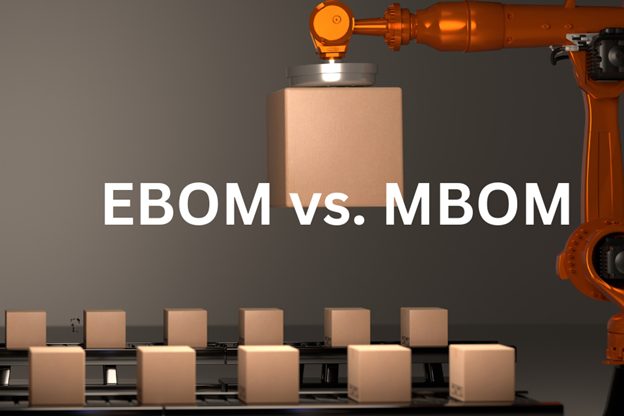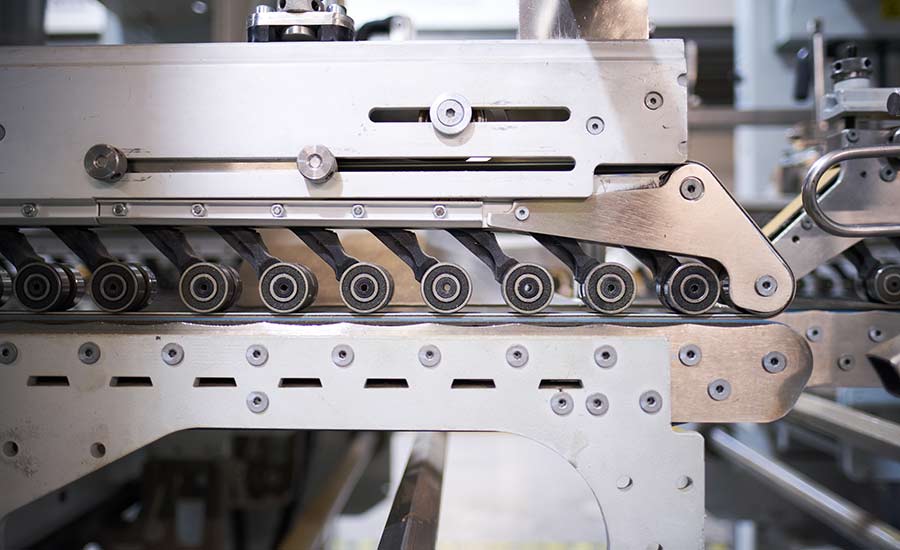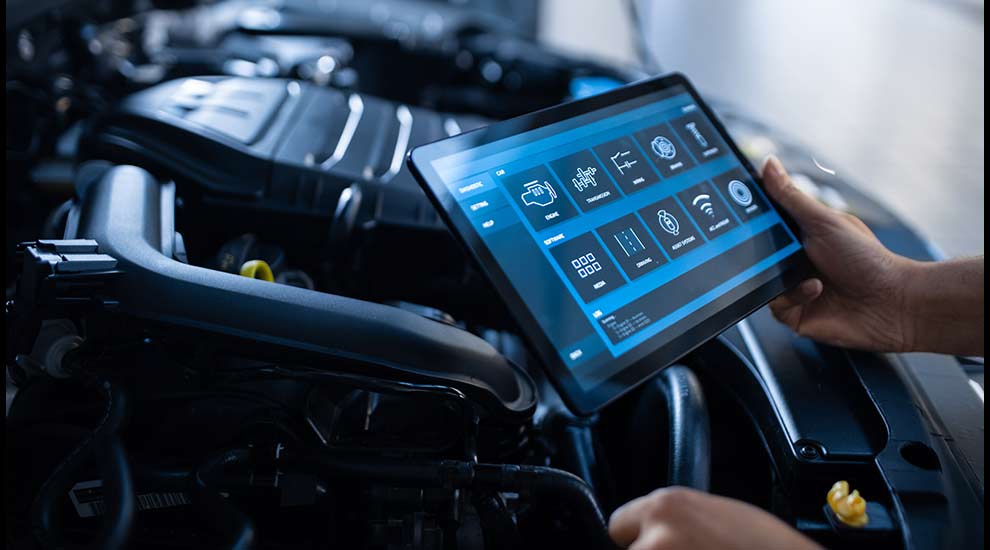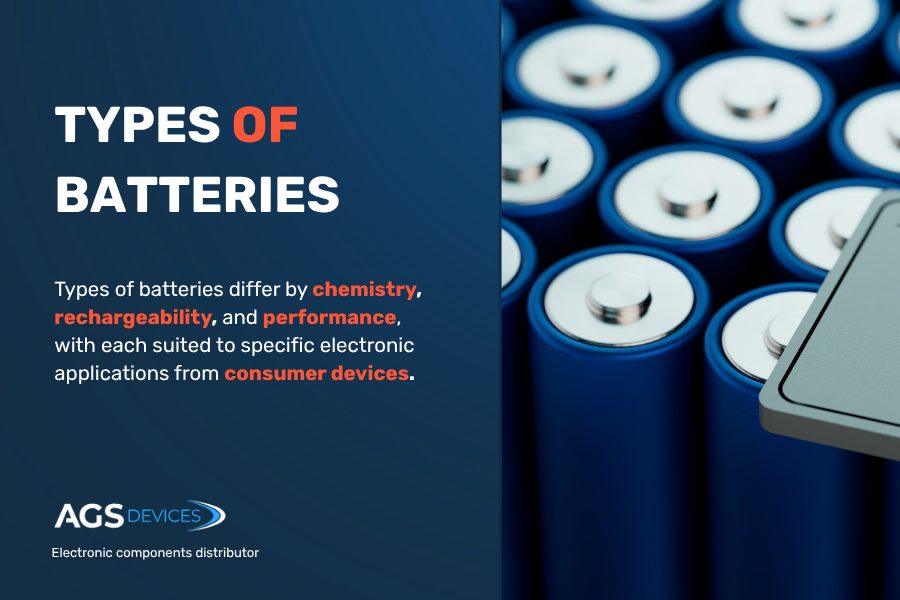
Imagine you’re designing an innovative electric vehicle and you’re in desperate need of planning and development documents.
The EBOM is your blueprint, detailing every component like the lithium-ion battery and braking system, while the MBOM moves the design process into a step-by-step manufacturing process.
These bills of materials documents are not only necessary for the initial phase of product development, but also for bringing a product to market.
In this blog, we’re going to explore the key differences between EBOMs vs. MBOMs and discuss why choosing the right one for your project might be the next important step.
EBOM vs. MBOM Explained
A bill of materials (BOM) has the purpose of turning ideas into reality, serving as a detailed blueprint for the manufacturing processes.
The most common BOM types used are:
- Engineering BOM (EBOM)
- Manufacturing BOM (MBOM)
What Is an Engineering BOM (EBOM)?
An engineering bill of materials (EBOM) is made during the design and development phase of a product.
The structure of an EBOM needs to include:
- Purpose: The EBOM’s main purpose is to be a technical guide, specifying what the product should look like and how it should work. It focuses on the product design’s initial intent rather than the manufacturing process.
- Content: The content of an EBOM consists of specifications, drawings and CAD models.
- Application: The EBOM is used by engineers to check if the product meets performance, safety and compliance requirements.
What Is a Manufacturing BOM (MBOM)?
A manufacturing bill of materials (MBOM) is developed while the production planning phase is active with a focus on how a product should be manufactured and assembled.
The structure of an MBOM needs to include:
- Purpose: The MBOM ensures the designed product is smoothly created into a manufacturable product. This document usually includes instructions on assembly, tools required, and processes to follow.
- Content: It lists all raw materials, subassemblies, and intermediate processes, along with quantities, dependencies, and sequencing instructions.
- Application: Manufacturing teams use the MBOM to procure components, set up production workflows, and manage assembly processes.

Key Differences Between EBOM and MBOM
Understanding key differences between these two documents is essential for successfully initiating and completing a product.
Here’s how they differ most significantly:
- Focus: The EBOM is design-focused, while the MBOM is used in production and manufacturing.
- Content: The EBOM details design specifications, while the MBOM includes manufacturing instructions and operational details.
- Audience: The EBOM is mostly created for engineers, while the MBOM is created for manufacturing teams in the final product development phase.
- Evolution: The EBOM often evolves as the design progresses, while the MBOM is finalized to reflect the practicalities of manufacturing.
The Importance of Choosing the Right BOM for Electronics Projects
Understanding the unique role of each BOM provides quality alignment across teams and leads to better product outcomes.
How the Right BOM Impacts Project Success
Choosing the correct BOM directly influences the efficiency, cost-effectiveness, and quality of your electronics projects.
Other notable outcomes include:
- Enhanced efficiency: A well-structured BOM removes any type of product uncertainties, making sure every component is accounted for, and assembly instructions are clear.
- Accurate cost management: With a BOM, you can predict costs and measure them accurately by specifying the exact quantities and materials your product requires. This also helps prevent any unexpected costs.
- Improved product quality: The right BOM provides consistency during the whole product development phase, aligning design intent with production execution.
For example, an EBOM ensures the designers of the product capture all necessary specifications and details for a high-performance electronic device, while the MBOM ensures all necessary specifications and details can be translated into a functional product.
Common Challenges in BOM Selection
While it sounds easy to choose the right BOM, managing the right one comes with challenges that can negatively impact your project.
The most common challenges include:
- Design-to-production misalignment: An EBOM with poor structure may lack critical details such as part specifications or material requirements, which can lead to unwanted delays and reworks during the production phase.
- Supply chain disruptions: An MBOM that fails to account for lead times, shortages, or obsolescence risks can leave manufacturing teams looking for alternatives.
- Complexity in component management: Modern electronics can often involve thousands of electronic components, making BOM accuracy and structure crucial aspects of the final product development phase.

When To Use EBOM vs. MBOM in Your Workflow
Now that we’ve covered the importance of BOMs and the challenges you might encounter with each, we’ll provide tips on when to use EBOMs and MBOMs in your workflow.
Here’s when and how to use them effectively:
EBOM in the Design Phase
During the design phase, the EBOM serves as the foundational document that captures the technical essence of the product.
Think of it like designing your dream car. The EBOM information would include the engine type, materials needed for the car’s body, and the electronic systems required to keep the engine running.
In the design phase, the EBOM isn’t about how to build the car but ensuring that every element listed in the document aligns with the vision of your dream car.
MBOM in the Manufacturing Phase
Once the design is finalized, the MBOM transforms theory into action and a complete product.
This document focuses on how to build the product, including assembly instructions, process sequences, and tools required for production.
Imagine a manufacturing plant for electric vehicles. The MBOM not only lists the materials needed for assembly but also specifies how and where each part will be assembled on the production line.
It provides the exact information for the right battery packs, motors, and chassis, all of which come together in a structured process to produce the final vehicle.
Quick Tips for Optimizing Your BOM Strategy
By following these short yet impactful tips, you can enhance the accuracy and effectiveness of your BOM strategy.
To enhance your BOM strategy, you need to:
- Update your BOM data: Regularly review and update your BOMs to reflect design changes, part replacements, or supply chain adjustments.
- Collaborate across teams: Involve design, manufacturing, and procurement teams early in the BOM creation process to ensure all perspectives are considered.
- Use advanced BOM management tools: Use software solutions like Product Lifecycle Management (PLM) or ERP systems to improve BOM creation, validation, and management.
- Implement regular quality control measures: Include quality checkpoints and compliance standards within your BOM to maintain consistency, reliability and ensure parts meet industry standards, such as RoHS, REACH, or ISO certifications.
How AGS Devices Simplifies BOM Management
At AGS Devices, we understand the importance of efficient BOM management in developing your projects and products.
By uploading your BOM to our platform, we validate and verify parts against our in-stock inventory, providing you with a quick quote and actionable suggestions for the next steps.
We also prevent supply chain disruptions by planning ahead and ensuring your parts are available exactly when you need them.
Beyond BOM Management, we offer services such as:
Start streamlining your BOM management today with AGS Devices and get your project moving in the right direction.

